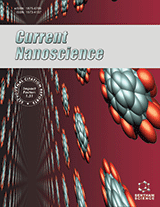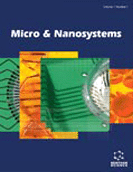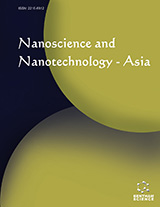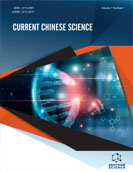Abstract
We have developed techniques and methods based on porous membranes for applications in bionanotechnology. There are three general membrane-based strategies we have used to prepare our nanoscale systems. In the first method, namely, template synthesis, nanometer scale pores are used to synthesize and modify materials. We have shown that template synthesis is highly adept at producing biomaterials with at least one dimension that is nanometer in scale. In the second strategy, we describe chemical and biochemical sensors based on nanotube membranes. These sensors function largely by monitoring variations in the ionic currents through the pores of the membranes that develop under an applied transmembrane potential. In the third approach, nanometer scale pores are used to separate species that translocate a nanotube membrane. The selectivity and flux of species that translocate the nanotube membrane can be further controlled through chemical modification of the nanotube walls. In this review, we will discuss these three uses of nanotube membranes (template synthesis, sensing and separation) in the context of biotechnology and biomaterials. We will briefly review the materials and methods of nanotube membrane technology and then discuss our most recent biooriented research of these interesting systems.
Keywords: Nanotechnology, Biotechnology, Sensors, Bioanalytical, Separations
Current Nanoscience
Title: Nanopore Membranes for Biomaterials Synthesis, Biosensing and Bioseparations
Volume: 2 Issue: 3
Author(s): Lane A. Baker, Youngseon Choi and Charles R. Martin
Affiliation:
Keywords: Nanotechnology, Biotechnology, Sensors, Bioanalytical, Separations
Abstract: We have developed techniques and methods based on porous membranes for applications in bionanotechnology. There are three general membrane-based strategies we have used to prepare our nanoscale systems. In the first method, namely, template synthesis, nanometer scale pores are used to synthesize and modify materials. We have shown that template synthesis is highly adept at producing biomaterials with at least one dimension that is nanometer in scale. In the second strategy, we describe chemical and biochemical sensors based on nanotube membranes. These sensors function largely by monitoring variations in the ionic currents through the pores of the membranes that develop under an applied transmembrane potential. In the third approach, nanometer scale pores are used to separate species that translocate a nanotube membrane. The selectivity and flux of species that translocate the nanotube membrane can be further controlled through chemical modification of the nanotube walls. In this review, we will discuss these three uses of nanotube membranes (template synthesis, sensing and separation) in the context of biotechnology and biomaterials. We will briefly review the materials and methods of nanotube membrane technology and then discuss our most recent biooriented research of these interesting systems.
Export Options
About this article
Cite this article as:
Baker A. Lane, Choi Youngseon and Martin R. Charles, Nanopore Membranes for Biomaterials Synthesis, Biosensing and Bioseparations, Current Nanoscience 2006; 2 (3) . https://dx.doi.org/10.2174/1573413710602030243
| DOI https://dx.doi.org/10.2174/1573413710602030243 |
Print ISSN 1573-4137 |
| Publisher Name Bentham Science Publisher |
Online ISSN 1875-6786 |
 4
4
- Author Guidelines
- Bentham Author Support Services (BASS)
- Graphical Abstracts
- Fabricating and Stating False Information
- Research Misconduct
- Post Publication Discussions and Corrections
- Publishing Ethics and Rectitude
- Increase Visibility of Your Article
- Archiving Policies
- Peer Review Workflow
- Order Your Article Before Print
- Promote Your Article
- Manuscript Transfer Facility
- Editorial Policies
- Allegations from Whistleblowers






















